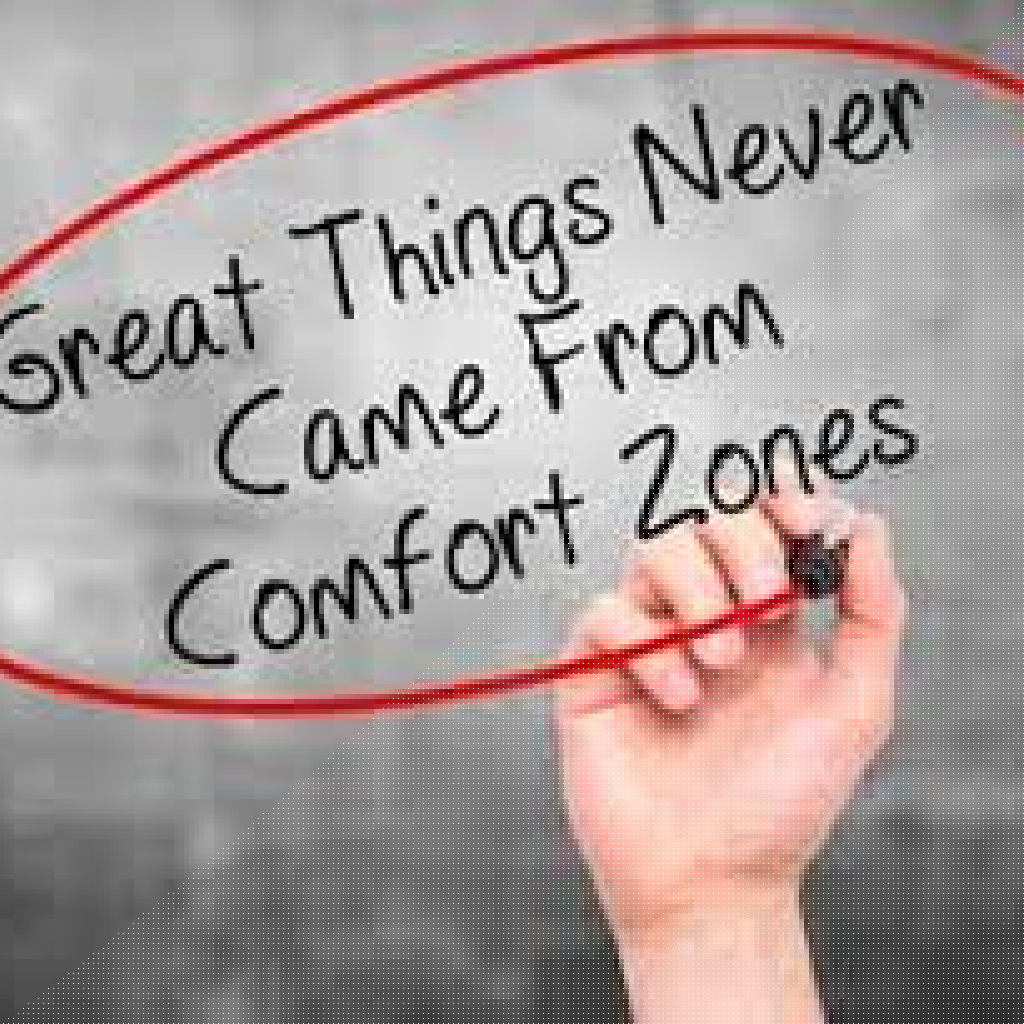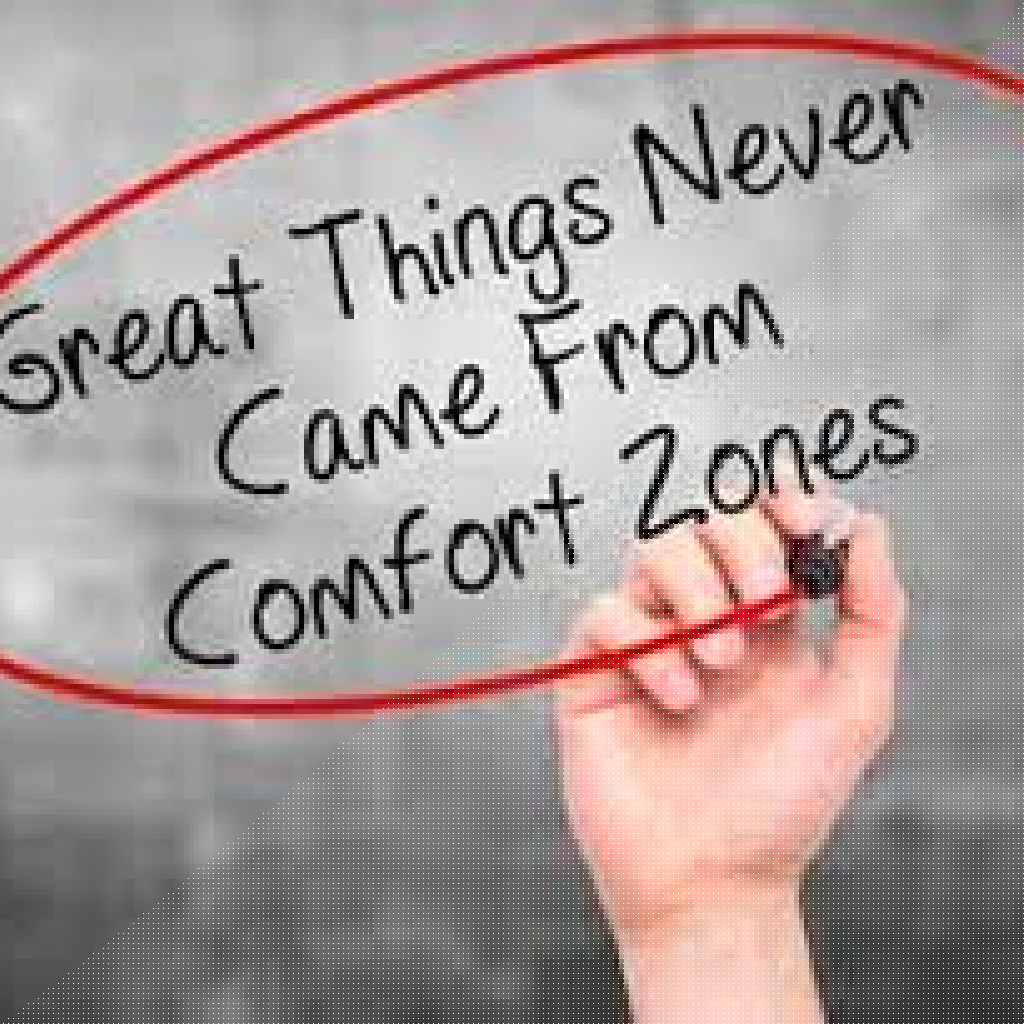Key Takeaways:
- Effective management practices hinge on clear communication and relationship building within teams.
- Fostering a positive workplace culture increases employee motivation and enhances overall productivity.
In the fast-evolving business landscape, effective management is critical to nurturing performance, fostering healthy workplace relationships, and achieving organizational goals. As the dynamics of the workforce continue to shift, managers need to adapt their strategies to meet modern challenges. This article explores practical management techniques that enable leaders to unlock their team’s potential and drive productivity.
Understanding Management’s Impact on Performance
Management practices significantly influence employee performance and overall business outcomes. By adopting clear communication strategies, setting transparent goals, and providing feedback, managers can enhance team performance. For instance, at a mid-sized software company, the implementation of regular one-on-one meetings allowed the management to address concerns proactively, resulting in a 20% increase in project delivery timelines. This example illustrates how engaging employees in open dialogue can lead to improved productivity.
What Are Effective Management Styles for Team Success?
Various management styles exist, from authoritarian to laissez-faire. However, a blend of democratic and transformational leadership is often the most effective. The democratic style involves team participation in decision-making, fostering a sense of ownership among employees. For example, a retail manager who includes team members in setting sales goals not only promotes buy-in but also encourages innovative ideas.
Transformational leadership focuses on inspiring team members to exceed expectations. Such leaders cultivate a positive work environment, which boosts morale and productivity. Organizations that adopt these styles often experience lower turnover rates and increased employee satisfaction.
How Can Managers Effectively Hire, Train, and Promote Employees?
The process of hiring, training, and promoting employees plays a vital role in sustainable growth. Ensuring that recruitment practices are aligned with the organization’s values and culture is critical. Utilizing structured interviews and tailored assessment tests can help identify candidates who are not only qualified but also a cultural fit.
Training is equally crucial, as it prepares employees to meet the demands of their roles. An example can be seen from a leading call center, which developed an intense onboarding program that included mentorship. As a result, the organization reported a 30% decrease in employee turnover within the first year.
Promotion should be merit-based and transparently communicated. Implementing clear criteria for advancement fosters trust and motivates employees to pursue development opportunities within the company.
What Are Some Sales Management Techniques for Increased Revenue?
In the realm of sales management, establishing effective communication channels is integral. Regular team meetings to discuss targets and strategies encourage collaboration and accountability among team members. By analyzing performance data, managers can also identify strengths and areas for improvement within their teams, optimizing overall sales effectiveness.
Another effective technique involves implementing a customer relationship management (CRM) system that allows sales representatives to track leads and follow up efficiently. For instance, a technology firm that introduced a CRM platform saw an increase in revenue by streamlining their lead management strategy, enabling sales representatives to focus on high-potential accounts.
Enhancing Business Communication in a Diverse Workplace
Diverse teams bring a wealth of perspectives and ideas, but they also come with challenges in communication. Managers should foster an inclusive environment where communication is open and respectful. Conducting regular diversity training helps educate employees on cultural differences and promotes empathy.
For example, a marketing agency that embraced diversity training reported a significant improvement in team collaboration and creativity, ultimately leading to richer marketing campaigns and a stronger brand presence. In essence, recognizing and valuing diversity within teams can lead to innovative solutions and heightened organizational success.
How Can Relationship Building Improve Team Cohesion?
Building relationships within teams is essential for fostering collaboration and camaraderie. Managers can encourage this by organizing team-building activities that allow employees to connect on a personal level. A company that regularly hosts team retreats found that it enhanced interpersonal dynamics, leading to heightened morale and productivity.
Moreover, recognizing achievements through informal gatherings can boost morale and strengthen bonds among team members. Building relationships helps create a supportive network, allowing team members to rely on each other during challenging times.
Improving Productivity and Stress Management Techniques
The modern workplace can be a source of stress, but effective management can help alleviate this issue. Implementing strategies such as flexible work hours, remote work options, and mental health resources can significantly reduce employee stress levels. For instance, a financial services company that introduced a wellness program noted a decrease in absenteeism and an improvement in overall employee health.
Additionally, encouraging breaks and promoting a healthy work-life balance can lead to better performance and retention. Managers should be aware of the signs of burnout and act proactively to provide support and resources to their team members.
Implementing Talent Management and Employee Retention Strategies
Attracting and retaining top talent is a persistent challenge for many organizations. Implementing robust talent management strategies can help streamline this process. Regular performance reviews can guide development and ensure alignment with the organization’s goals.
Moreover, offering competitive benefits, career advancement opportunities, and professional development programs can boost employee loyalty and retention. For example, a tech company that invests in continuous learning and development initiatives tends to maintain high levels of employee satisfaction and engagement.
How Can Employee Motivation Techniques Foster Better Productivity?
Motivating employees is a cornerstone of effective management. Clear recognition of accomplishments, providing opportunities for growth, and fostering an engaging work culture can greatly enhance motivation. A marketing firm that adopted a recognition program saw a 15% increase in productivity due to enhanced employee engagement. Additionally, providing incentives and rewards for achieving milestones can further drive motivation and commitment to the organization’s success.
In conclusion, the role of a manager in today’s fast-paced environment is more important than ever. By implementing effective management practices grounded in clear communication, relationship building, and employee development, managers can enhance team performance and foster a thriving workplace culture. With the right strategies and a commitment to continuous improvement, leaders can not only navigate the complexities of modern management but also achieve impactful results.













